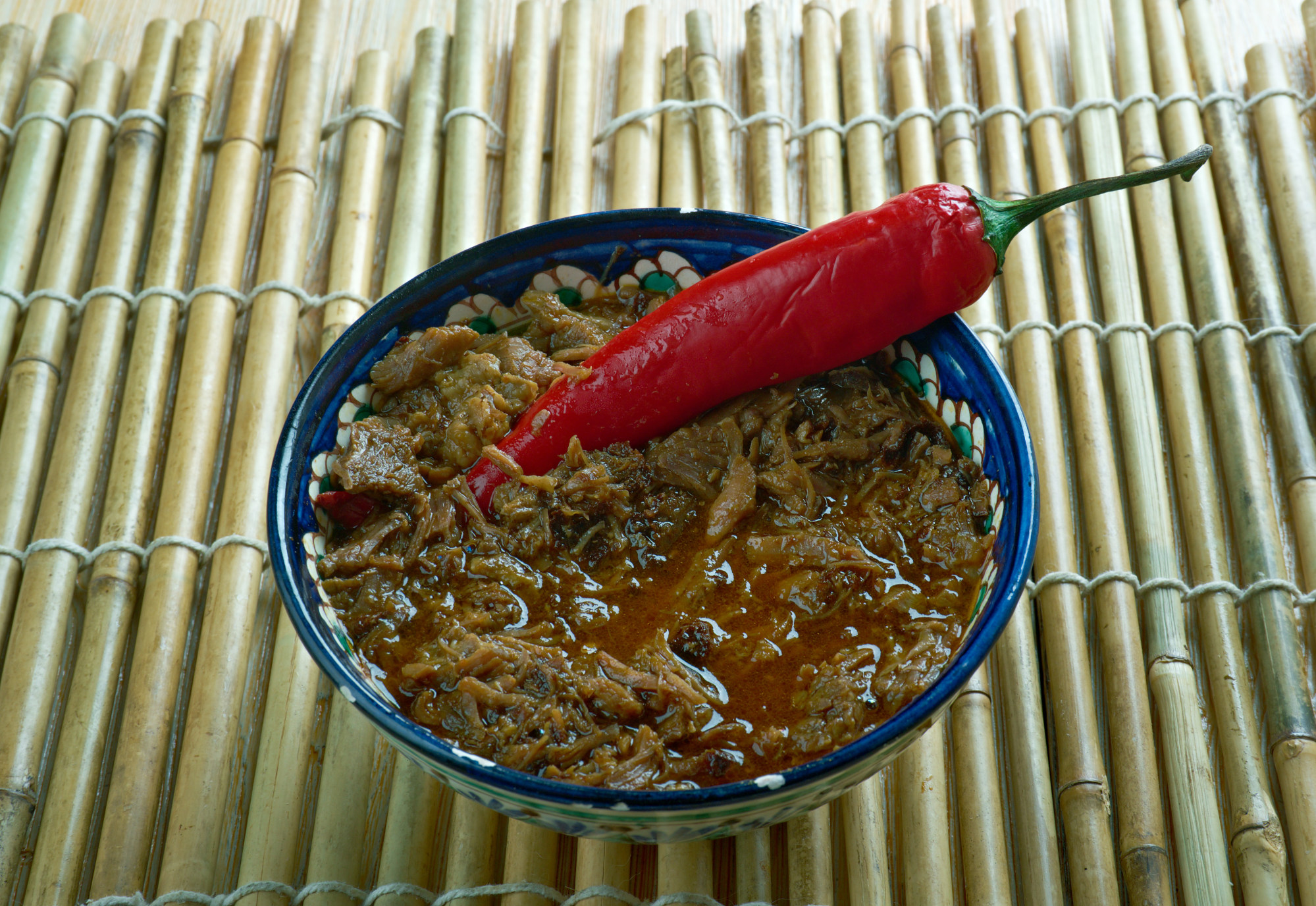
A Filipino-American turned to her grandma for recipes – it’s the moment her ‘true life as a chef’ began
- Chef Angela Dimayuga, trained in European cuisines, turned to her grandma for lessons after she was asked to open a branch of an Asian restaurant in New York
- Her ‘true life as a chef’ began, she writes in Filipinx – Heritage Recipes from the Diaspora, when she realised how sophisticated her culture’s food could be
It took a Filipino galantine, cooked by her lola (grandma) Josefina, and called simply chicken relleno (stuffed chicken), for chef Angela Dimayuga to appreciate that her culture’s food could be as sophisticated as the European cuisines in which she had been trained.
Recruited to open a New York branch of the San Francisco-based Mission Chinese Food, the Filipino-American chef turned to her grandma for lessons.
“This cookbook – and my true life as a chef – began when my lola Josefina decided to entrust me with her recipe for Chicken Relleno,” Dimayuga writes in Filipinx – Heritage Recipes from the Diaspora (2021).
“It was a recipe she shared with no one. Friends who asked were rebuffed and sent off sulking. Even within the family, she kept it a closely guarded secret. But […] she thought I was ready. ‘You’re an executive chef now,’ she said – and so the real cooking lesson could begin.

“With her tiny hands, she liberated the chicken from its bones so fast, for a moment I didn’t know what parts were left. When she made the embutido (pork and sausage stuffing), I could’ve been watching [chef] Jacques Pépin: it required the precision of a French farce (finely puréed meat). Then she nested hard-boiled eggs in the stuffing and sewed the bird shut, as calm and steady as a surgeon.

“For three years I’d trained in a restaurant kitchen, trying to master high-end French techniques, when Lola had been doing it all along, breezily turning out three stuffed chickens at a time for a party. I’d bought into the idea that Western cuisine was elegant, while the food of my childhood was just that, food for comfort, simple and straightforward.”
The chicken – renamed Josefina’s House Special Chicken – was put on the menu at Mission Chinese Food and priced at US$75, and, in 2016 it was voted “best chicken in the city by New York Magazine”.
In writing the book, Dimayuga assembled a team of fellow Filipino-Americans, including Ligaya Mishan, who writes for The New York Times.


